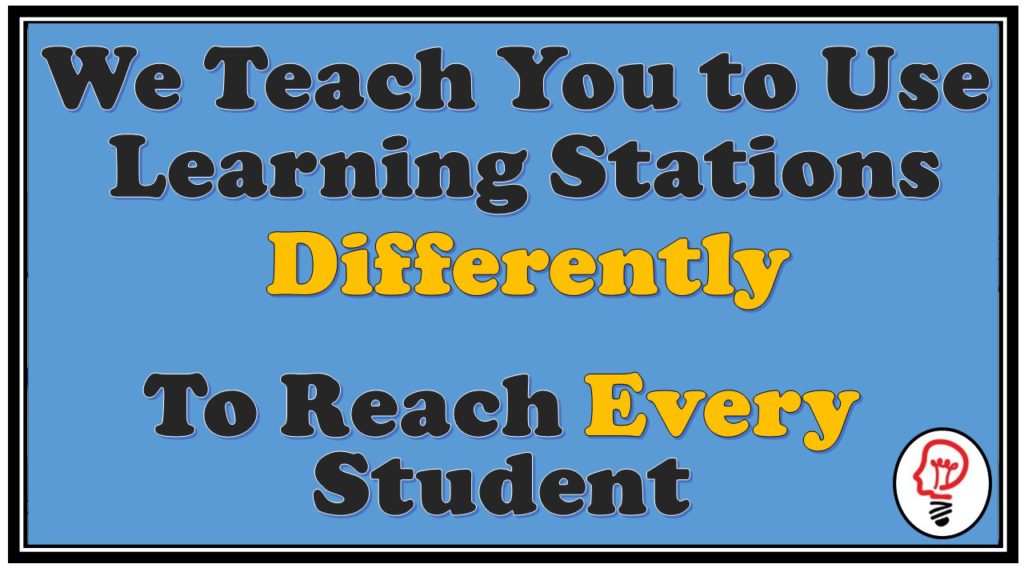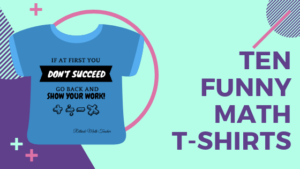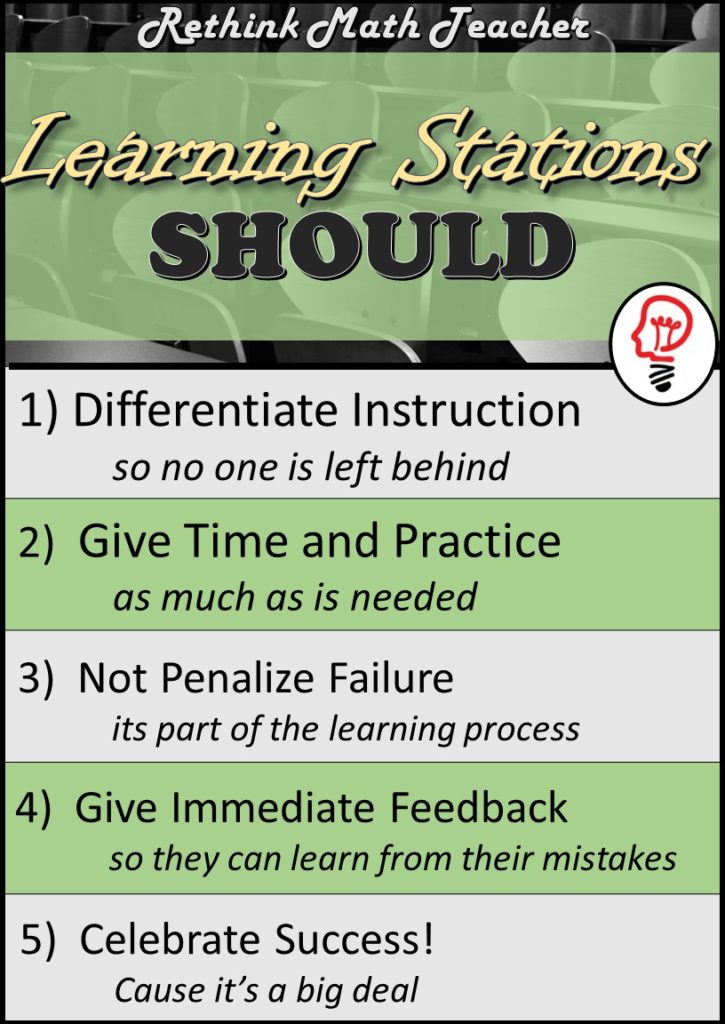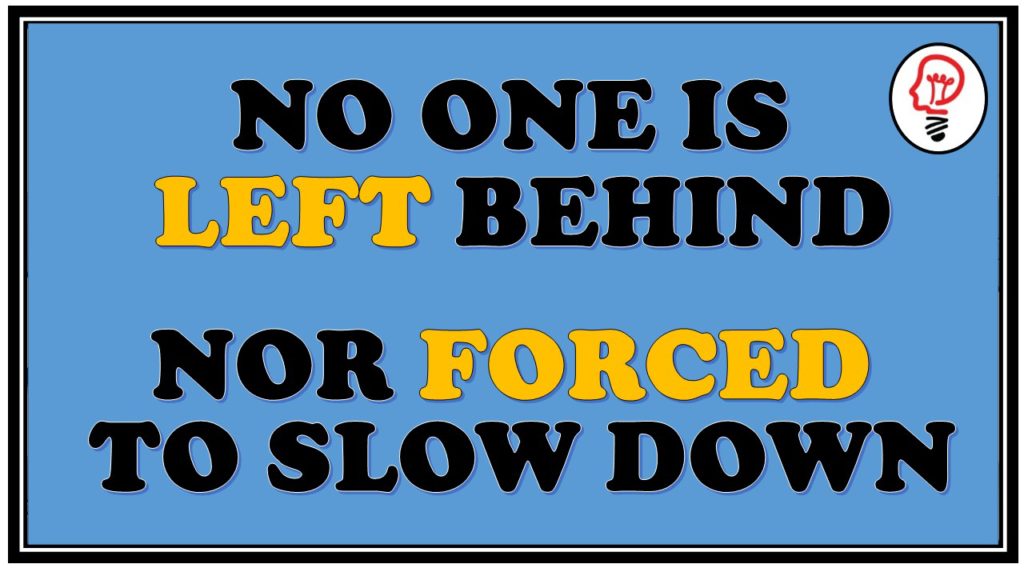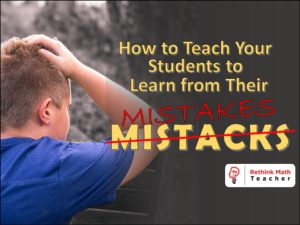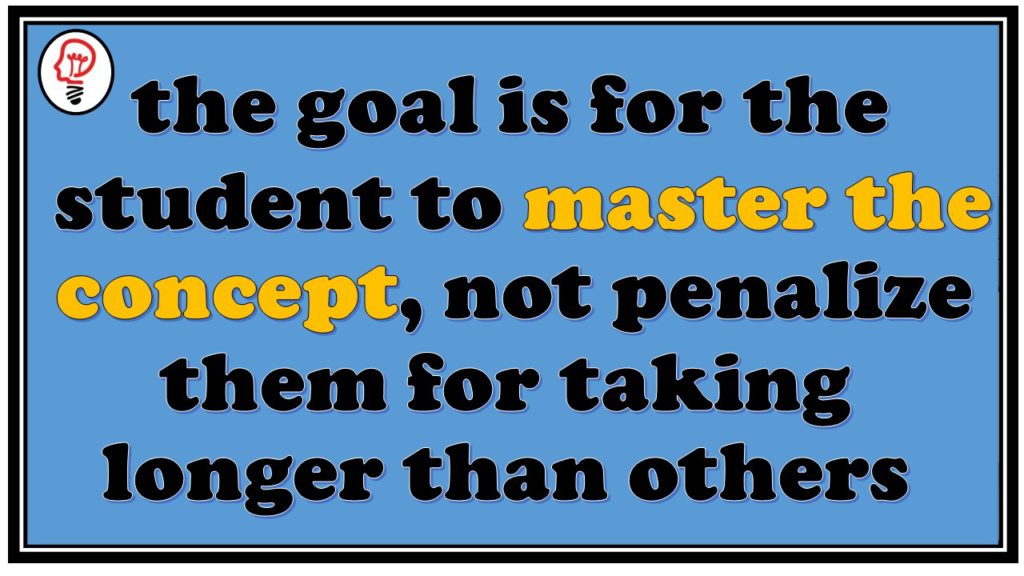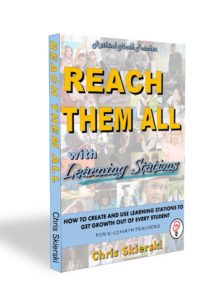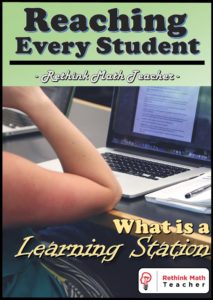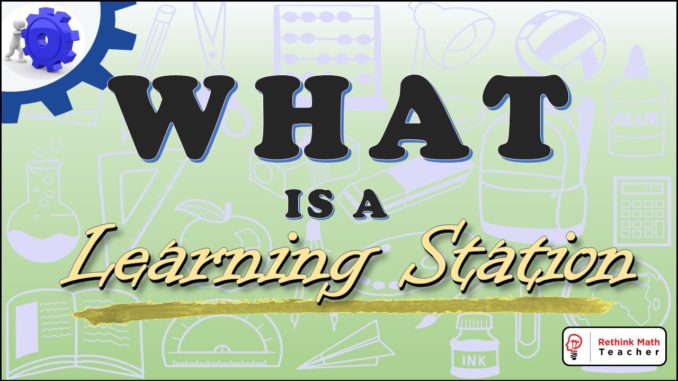
Traditionally, a learning station is an area in the room where one student – or a group of students – complete an activity on one skill.
Normally, there are different stations in the room, all being run at the same time.
At Rethink Math Teacher, we teach math instructors to use learning stations differently, in order to reach every student at his/her level, in order to help all your students be successful.
A Learning Station Should do the Following
- Differentiate Instruction so no one is left behind
- Give students as much time and practice as they need
- Not penalize students for failure
- Give Immediate Feedback
- Celebrate success
Differentiation
Typically, teachers use stations to have students perform different activities on the same skill at the same time.
For example, if the group was working on adding fractions, one station might have students working with fraction tiles to model the skill. Another station might be independent practice on a worksheet. A third station might be a small group where students practice problems with the teacher.
Each station is a different activity, but on the same skill – regardless of the student’s ability to complete the tasks.
A Different Philosophy on Differentiation
Our philosophy is to have educators consider the various skills needed to complete the task. So for adding fraction, students must be able to simplify fractions, convert fractions to common denominators, finding the greatest common denominator, etc.
The teacher should build one station for each skill, and assign students to the station that they need work on.
This way students who have yet to master simplifying fractions can work on that, while those ready to work on adding fractions can do so, and students ready to move on to the next skill (like adding mixed numbers) can be accelerated.
Doing stations like this allows the teacher to service all of her students at the same time.
No one is left behind, and no one is forced to slow their learning down.
Don’t Factory Line your Students
In the above video, at the 7 minute mark, Sir Ken Robinson (speaker and adviser on education) talks about lumping students together and then forcing them through the same material at the same pace regardless of ability (like products on a factory line).
We know that everyone learns different skills at different speeds. Yet our educational system treats all students as if they do not, and then punishes those who take longer to learn something than the class average.
This type of pacing also accounts for why so many students have holes in their learning.
If Timmy takes longer than the class to learn adding integers but isn’t given the time he needs before being moved on to subtracting integers – because that’s where the class is – he will master neither. By the time he’s at two-step equations, he will be completely lost.
By doing learning stations the way Rethink Math Teacher teaches, you allow a student to remain in one skill until they master it, and then progress them to the next skill. This ensures that they are ready for the next standard when they arrive.
Doing so also reinforces the idea that it’s okay to make mistakes. You won’t be punished for them. Nor will you be left behind.
Failure is Part of Learning
We’ve all learned from our mistakes.
As Will Smith said in the video above, failure is a great teacher.
Yet, the traditional model of teaching penalizes students for failure. This penalization often makes students afraid to try, and thus they never do.
However, when you design a learning station, you should not penalize students for failure; you should teach them to learn from it.
Failure simply means that you haven’t learned the material, yet.
If you give grades, simply give a completion grade for the station work. Since we encourage learning stations to be 3 days long, with 4 activities, that’s four easy grades for each round of stations.
At the end of the 3 day station, you should give your students an assessment, to see if they have mastered it. If they have not scored a passing grade, they need to repeat the station. And when they take the assessment the second time (or third, or fourth, etc.) that new assessment grade should replace the first one.
The goal is for the student to master the concept, not penalize them for taking longer than others.
By the way, I often have students who take a LONG time to master one skill. They are generally the weakest students, who are several grade levels behind, and used to earning failing grades.
However, when they finally pass that test, and get their first A, and we all celebrate with them, and they see that they’re not failing their math class – it really builds their confidence, and they start passing the next several station at a much quicker pace.
A book that will walk you through the process of creating your own learning stations and implementing them in your class
The Biggest Station Mistake
I will often enter a classroom when a teacher is doing stations and examine what learning is occurring. Normally, the teacher is doing the traditional method, some students are on a tablet working on IXL, some are at the table doing oral questions with the her, and some are in a group doing worksheets.
I always walk over to the students with the worksheets to see how they are doing.
It’s so frustrating when I see that the students have done multiple problems, but they are all wrong.
The student doesn’t know that they are making mistakes, and thus they are not able to learn from them.
When part of your classwork or stations is a worksheet, there should be an answer key provided so that students can check their work and make sure that they are doing it properly.
Ideally, you would assign individual work online, on some platform that gives this immediate feedback, like IXL.com or KhanAcademy.org. But if you can’t, and you have to use worksheets – give the students a way to get immediate feedback!
WON’T THEY CHEAT?
Of course some will! They’re human.
But when they take the assessment at the end of three days, they won’t pass it, and they will have to redo the station.
You have to remind them when you provide answers keys, why you are doing it. And if they cheat, they are bypassing the learning portion of this activity, and they will not pass the test.
If you found this helpful, share it with your friends
Celebrate Success
Think about your weakest mathematical student.
Math is a struggle for that individual. It’s painful. And they’ve probably never felt success.
Now imagine that student working hard, and finally getting it! Finally mastering a skill, and knowing they mastered it!
That’s a good feeling! And that student needs to feel good about it!
So celebrate their success.
Memorialize it.
We hang banners on the wall for each skill that we’re working on. And when the students master that skill, they get to put their name under that banner, as a commemoration.
And we play music (normally, “We Are the Champions” by Queen). And everyone claps for them. And I send home a certificate so that they can show their parents how awesome they are.
This type of celebration makes the students want to do well. They want that success, and recognition, and will work for it.
My students come into class every day asking me if its promotion day.
“Of course it’s not! We do it every fourth day, and we just did one yesterday!”
But they ask, because they love the feeling of success.
So make their success a big deal.
Want More Resources on Skills-Based Learning Stations?
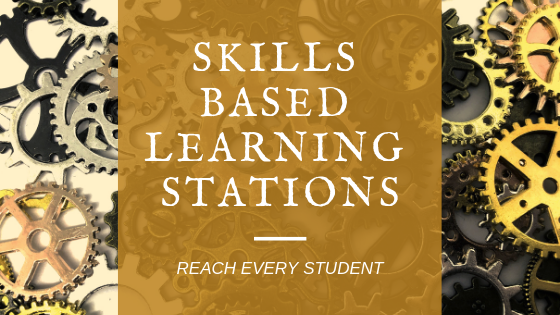
Want to learn more about skills-based learning stations? Or get some resources to help you start? Click here

